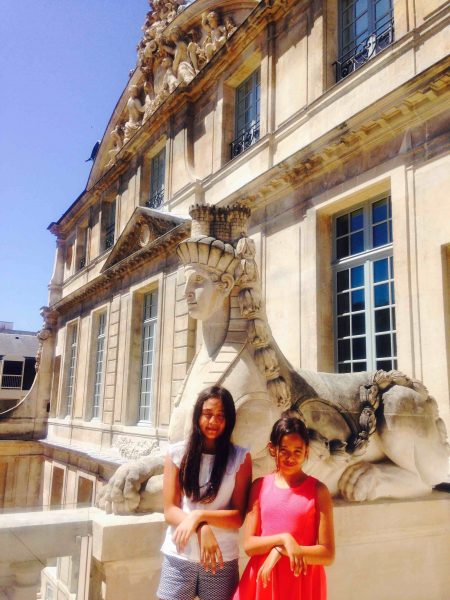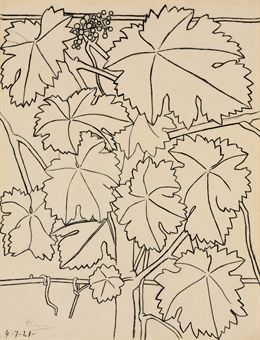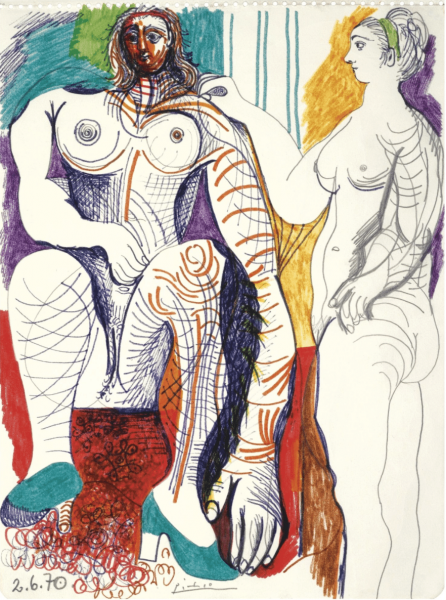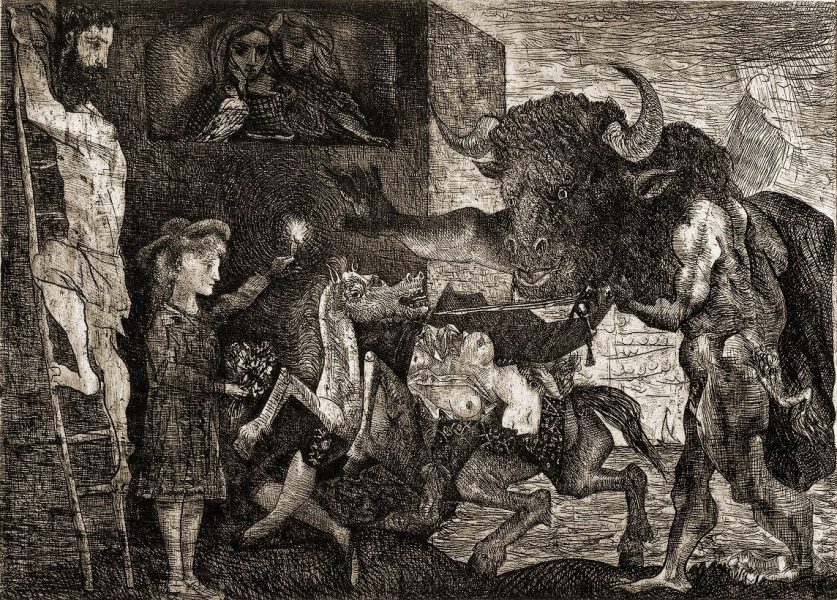“When Beauty Strikes”
In case you missed David Brooks’ touching op-ed in the Sunday Times, “When Beauty Strikes”, you may want to dig it up. He puts the pursuit of beauty in the most noble and endearing terms, and, since you have made the time to read my tripe, I know you’ll appreciate his far more eloquent words. It’s a short but lovely essay, and anything I could add would just be gilding the lily. Here’s the link: http://www.nytimes.com/2016/01/15/opinion/when-beauty-strikes.html?emc=edit_th_20160115&nl=todaysheadlines&nlid=49782313.
“When Beauty Strikes” Read More »





